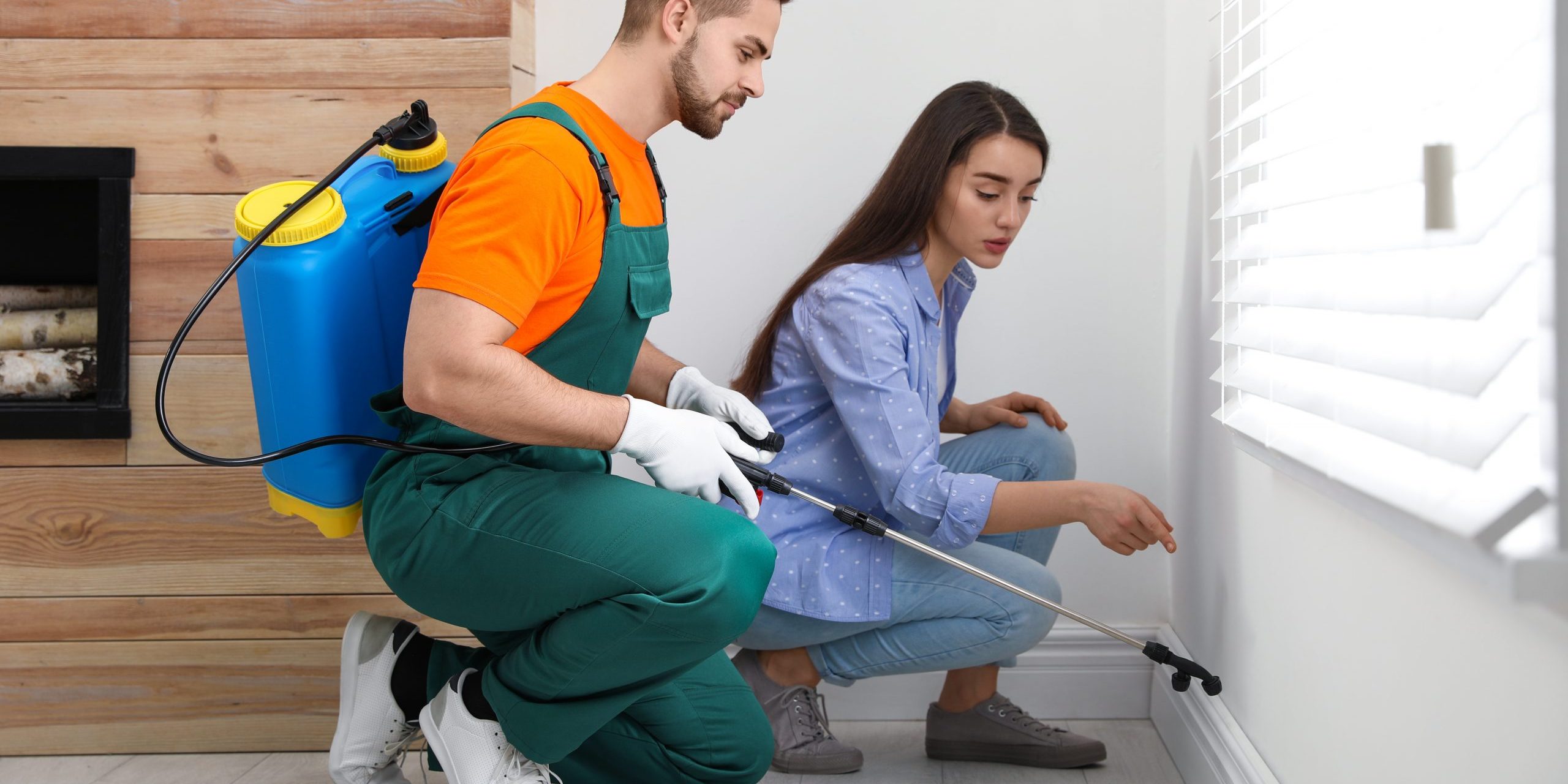Specialist Insect Control Techniques for Long-Term Outcomes
Specialist insect control strategies encapsulate a thorough strategy that begins with a thorough inspection and evaluation, complied with by accurate parasite identification to comprehend their behavior patterns. The application of Integrated Parasite Management (IPM) principles, paired with eco-conscious treatments, develops the keystone of lasting insect elimination.
Inspection and Assessment
Upon going into a home for parasite control services, the preliminary action is a thorough evaluation and analysis to identify the extent of the invasion and establish one of the most effective treatment strategy. Professional insect control technicians are trained to diligently examine the facilities, trying to find signs of bug task such as droppings, gnaw marks, nests, or any type of architectural damages. They will certainly likewise assess the problems that might be bring in pests, such as food sources, water leaks, or access factors.

Pest Recognition and Actions

Furthermore, recognizing the habits of the identified bug is key to applying efficient control measures. As an example, knowing where bugs nest, what they feed on, and their task patterns can help pest control professionals create strategies to eradicate them successfully. Some pests might be nighttime, while others are much more active during the day. This understanding permits the application of treatments at optimal times for maximum effectiveness.
Integrated Bug Administration (IPM)
Integrated Insect Management (IPM) approaches incorporate several techniques to regulate and protect against bug infestations in a sustainable and environmentally pleasant way. pest control near me. By incorporating methods such as organic control, environment manipulation, alteration of cultural practices, and making use of resistant selections, IPM aims to decrease the usage of chemical pesticides
One of the crucial principles of IPM is the focus on prevention. This proactive technique includes monitoring parasite populations regularly to identify any type of potential concerns before they rise. By identifying parasite issues early on, pest control procedures can be executed promptly and effectively.
Moreover, IPM promotes using safe insect control methods whenever feasible. This can consist of utilizing natural killers of the pests, presenting useful pests, or utilizing scents to disrupt breeding patterns. By reducing reliance on chemical pesticides, IPM not just safeguards the setting but likewise assists preserve an equilibrium in the ecosystem.
Environmentally-Friendly Treatments
Applying eco-conscious strategies in bug control treatments can efficiently resolve problems while prioritizing environmental sustainability. Environmentally-friendly treatments concentrate on decreasing the influence of pest control techniques on ecological communities, non-target organisms, and human health and wellness. These methods commonly entail the usage of natural predators, such as ladybugs or nematodes, to control pest populations, reducing the need for chemical interventions. In addition, strategies like habitat control, such as readjusting dampness levels or eliminating food resources, can aid discourage bugs without using unsafe compounds.
An additional key aspect of environmentally-friendly therapies is making use of natural and biodegradable items that damage down rapidly without leaving dangerous deposits in the environment. Botanical pesticides originated from plants like chrysanthemums or neem offer reliable bug control while positioning minimal threat to non-target types. Furthermore, employing methods like warmth therapies or pheromone catches can target particular pests with accuracy, decreasing the total ecological impact of insect control practices.
Recurring Tracking and Upkeep
Routine evaluations by trained specialists are required to identify any indications of insect activity, evaluate the efficiency of previous treatments, and make adjustments to the pest control plan as needed. By keeping an eye on bug populaces over time, bug control professionals can track fads, prepare for possible concerns, and implement precautionary procedures to minimize the risk of future invasions.
In addition to tracking, upkeep practices are vital for long-term insect control success. This includes implementing appropriate sanitation procedures to eliminate possible food and water sources for parasites, sealing access indicate protect against bugs from entering the facilities, exterminator and dealing with any architectural issues that can assist in pest invasions (bed bug dog). By integrating ongoing surveillance and maintenance right into an integrated bug management approach, companies can ensure a pest-free atmosphere and safeguard their property versus costly damage and wellness threats
Final Thought
In final thought, using professional pest control strategies such as thorough examination and evaluation, exact bug identification and understanding of their actions, integrated bug administration strategies, environmentally-friendly therapies, and ongoing surveillance and maintenance are essential for attaining long-term results in parasite control. By executing these techniques, people can successfully take care of insect problems and preserve a pest-free setting in a sustainable way.